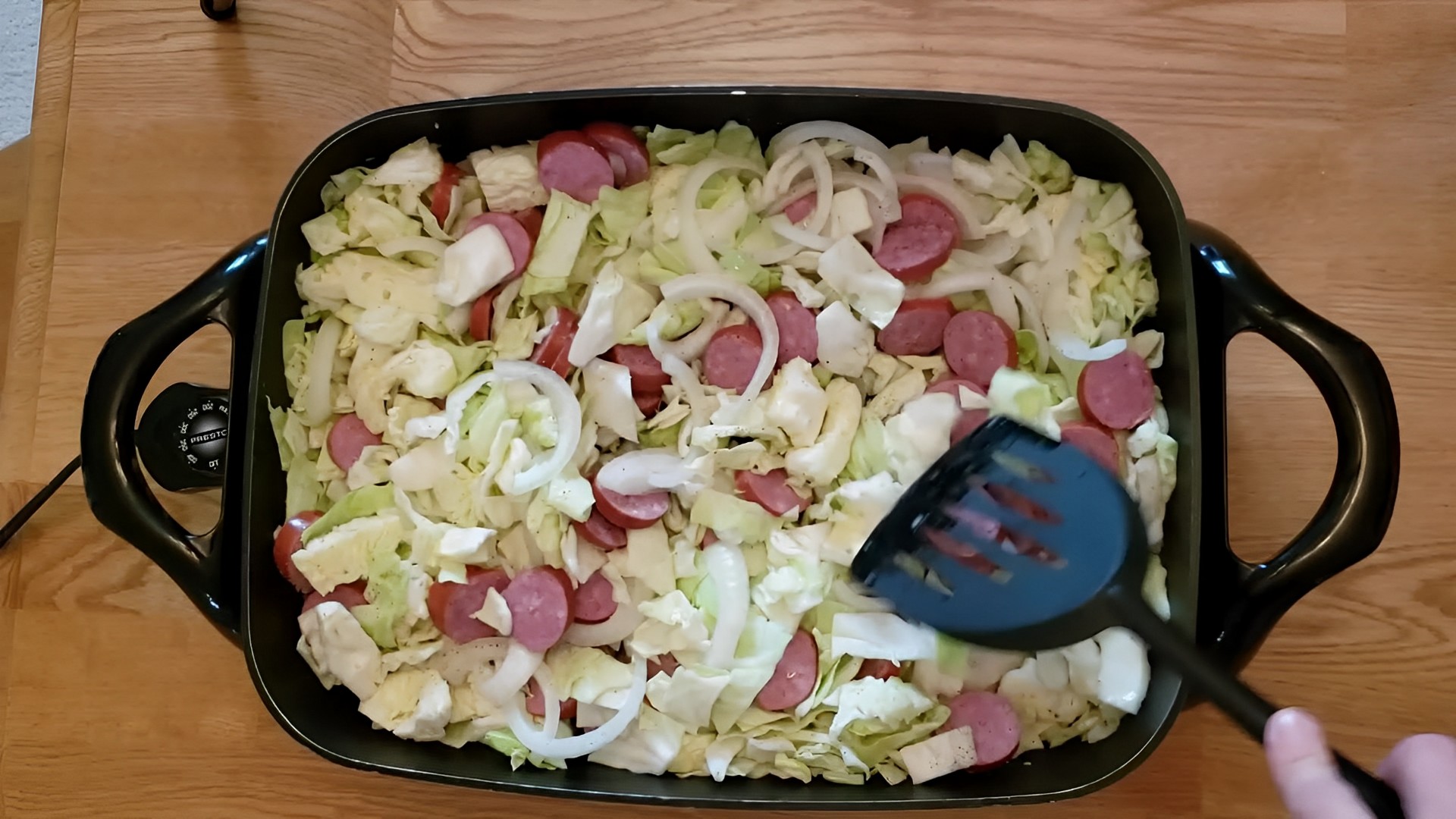

Articles
How To Cook Cabbage In Electric Skillet
Modified: February 26, 2024
Learn the best tips and tricks for cooking cabbage in an electric skillet. Explore our articles for step-by-step instructions and savory recipes!
(Many of the links in this article redirect to a specific reviewed product. Your purchase of these products through affiliate links helps to generate commission for Storables.com, at no extra cost. Learn more)
Introduction
Welcome to the world of cooking with an electric skillet! If you’re a cabbage lover and want to explore new ways of preparing this versatile vegetable, then you’re in the right place. In this article, we will guide you through the process of cooking cabbage in an electric skillet, providing you with tips, tricks, and variations to elevate your culinary experience.
Why choose an electric skillet, you might wonder? Electric skillets offer precise temperature control, even heat distribution, and a non-stick surface, making them a perfect tool for cooking cabbage. Whether you’re sautéing, stir-frying, or even steaming, the electric skillet provides the versatility you need to achieve the perfect cabbage dish.
Before we dive into the cooking process, it’s essential to choose the right electric skillet for your needs. Look for a skillet with a capacity that suits your cooking requirements, a temperature control feature, and a high-quality non-stick coating. These features will ensure that your cabbage cooks evenly and doesn’t stick to the surface, making clean-up a breeze.
Now that you have your electric skillet ready, let’s move on to the exciting part – preparing the cabbage. Start by selecting a firm, fresh cabbage head from your local market or grocery store. Look for vibrant green leaves without any wilting, discoloration, or signs of bruising.
To prepare the cabbage, remove the outer leaves and rinse the head under cold water to remove any dirt or debris. You can then choose to chop, shred, or slice the cabbage, depending on the recipe you plan to follow. Keep in mind that the size and shape of the cabbage pieces will affect the cooking time and texture, so choose accordingly.
Now that we have our electric skillet and prepared cabbage, let’s dive into a basic recipe for cooking cabbage in an electric skillet.
Key Takeaways:
- Elevate your cabbage cooking with an electric skillet’s precise temperature control and non-stick surface, ensuring even heat distribution and effortless clean-up.
- Prepare and cook cabbage in an electric skillet with a basic recipe, variations, and essential tips for perfect results every time. Enjoy the versatility and convenience!
Read more: How To Cook On Electric Skillet
Choosing the Right Electric Skillet
When it comes to cooking cabbage in an electric skillet, choosing the right skillet is paramount. The following factors will help you select the perfect skillet for your cabbage culinary adventures:
- Size and Capacity: Consider the size and capacity of the electric skillet based on your cooking needs. If you plan to cook for a large family or frequently entertain guests, opt for a larger skillet with a higher capacity. Smaller skillets are ideal for individual or small portion sizes.
- Temperature Control: Look for an electric skillet with precise temperature control settings. This enables you to adjust the heat as per the recipe requirements. Cabbage cooks best at medium to high heat, so ensure that your skillet offers a wide temperature range.
- Non-Stick Surface: A high-quality non-stick surface is vital to prevent the cabbage from sticking and burning. Look for skillets with a durable and reliable non-stick coating, as this will make cooking and cleaning a breeze.
- Even Heat Distribution: Ensure that the skillet provides even heat distribution across the cooking surface. This is crucial to ensure that the cabbage cooks evenly without any hot spots.
- Easy to Clean: Opt for skillets that are easy to clean, either by hand or in the dishwasher. Look for models with removable parts, such as the heat control unit, to make the cleaning process more manageable.
Additionally, consider any extra features that might enhance your cooking experience. Some skillets come with a glass lid, allowing you to monitor the cooking process without lifting the lid. Others have a built-in steam function, which is useful if you plan to steam your cabbage. Take these features into account to find a skillet that suits your needs.
Once you’ve considered these factors, you’ll be well on your way to finding the perfect electric skillet for cooking cabbage. So let’s move on to the next step – preparing the cabbage.
Preparing the Cabbage
Now that you have chosen the perfect electric skillet, it’s time to prepare the cabbage. Proper preparation ensures that your cabbage cooks evenly and delivers the best possible flavor and texture. Here’s a step-by-step guide on how to prepare the cabbage:
- Selecting the Cabbage: Choose a fresh cabbage head that is firm and has vibrant green leaves. Avoid cabbages with any signs of wilting, discoloration, or bruising.
- Cleaning the Cabbage: Start by removing the outer leaves of the cabbage. Rinse the cabbage head under cold water to remove any dirt or debris. Pat it dry using a clean kitchen towel or paper towels.
- Chopping or Shredding: The next step is to chop, shred, or slice the cabbage, depending on your recipe. For dishes like coleslaw or stir-fry, you may prefer to shred the cabbage thinly. If you’re making cabbage rolls or stuffed cabbage, you may need larger leaves for wrapping. Adjust the size and shape of the cabbage pieces based on your desired recipe.
- Removing the Core: To remove the tough core from the cabbage, place the cabbage head on a cutting board with the core facing upwards. Use a sharp knife to make a diagonal cut around the core, removing it from the cabbage. Discard the core or reserve it for other recipes.
- Rinsing Again: After you have chopped or shredded the cabbage and removed the core, rinse it under cold water once more to ensure it is clean and ready to be cooked.
- Drying: Pat the cabbage dry using a clean kitchen towel or paper towels. Excess moisture on the cabbage can affect the cooking process, so it’s crucial to remove as much water as possible.
By following these steps, you’ll have perfectly prepared cabbage ready to be cooked in your electric skillet. Whether you’re making a simple stir-fry or a complex stuffed cabbage recipe, the preparation process lays the foundation for a delicious final dish. Now that we have our cabbage ready, let’s explore a basic recipe for cooking cabbage in an electric skillet.
Basic Recipe for Cooking Cabbage in an Electric Skillet
Now that we have our electric skillet prepared and cabbage chopped, it’s time to dive into a basic recipe for cooking cabbage. This versatile recipe serves as a foundation that you can customize and experiment with based on your preferences. Here’s how to cook cabbage in an electric skillet:
- Ingredients:
- 1 medium-sized cabbage, chopped or shredded
- 2 tablespoons olive oil or butter
- 1 onion, thinly sliced
- 2 cloves of garlic, minced
- Salt and pepper to taste
- Instructions:
- Heat the electric skillet to medium-high heat and add the olive oil or butter.
- Add the sliced onions to the skillet and sauté until they turn translucent and lightly golden.
- Add the minced garlic to the skillet and sauté for another 1-2 minutes until fragrant.
- Add the chopped or shredded cabbage to the skillet, along with a pinch of salt and pepper.
- Stir the cabbage continuously to ensure even cooking and prevent it from sticking to the skillet.
- Reduce the heat to medium and cover the skillet with a lid. Allow the cabbage to cook for about 10-15 minutes, or until it reaches your desired tenderness.
- Check the cabbage regularly and stir it to prevent burning. If needed, add a splash of water or broth to keep the cabbage moist.
- Once the cabbage is cooked to your liking, remove the skillet from heat and serve hot.
This basic recipe provides a simple yet delicious way to cook cabbage in an electric skillet. The combination of sautéed onions, garlic, and cabbage creates a flavorful and satisfying dish. Feel free to adjust the seasonings and add extra ingredients to tailor the recipe to your taste. Now, let’s explore some variations and additional ingredients you can experiment with to take your cabbage dish to the next level.
When cooking cabbage in an electric skillet, make sure to cut it into even-sized pieces to ensure even cooking. You can also add a splash of water or broth to the skillet to help steam the cabbage and prevent it from sticking.
Variations and Additional Ingredients
While the basic recipe for cooking cabbage in an electric skillet is a great starting point, there are numerous variations and additional ingredients you can incorporate to add flavor, color, and texture to your dish. Here are some ideas to inspire your creativity:
- Spices: Experiment with different spices to enhance the flavor of the cabbage. Consider adding a pinch of paprika, cumin, turmeric, or chili powder to add a subtle or spicy kick to the dish.
- Herbs: Fresh herbs can brighten up the flavor of the cabbage dish. Consider adding chopped parsley, cilantro, dill, or basil just before serving for a burst of freshness.
- Protein: Add protein to make the dish more substantial. Cooked bacon or pancetta, sausage, tofu, or seasoned ground meat can complement the cabbage beautifully.
- Vegetables: Enhance the nutritional profile and texture by adding other vegetables. Carrots, bell peppers, mushrooms, or sliced zucchini can be a delicious addition to the cabbage dish. Toss them in with the onion and garlic for a flavorful medley of veggies.
- Acidic Ingredients: Incorporate a splash of acidic ingredients to balance the flavors. Consider adding a tablespoon of apple cider vinegar, lemon juice, or Worcestershire sauce to add a tangy twist to the dish.
- Crunchy Toppings: For added texture and visual appeal, top the cooked cabbage with crunchy ingredients such as toasted breadcrumbs, chopped nuts, or even crispy fried onions.
- Sweeteners: If you prefer a slightly sweeter flavor, you can add a sprinkle of sugar, honey, or maple syrup. This can help balance out the natural bitterness of the cabbage.
Feel free to be creative and add your own personal touch to the dish. The versatility of the electric skillet allows you to experiment and explore different flavors and textures. Don’t be afraid to think outside the box and try new combinations.
Now that you have some ideas for variations and additional ingredients, let’s move on to some useful tips and tricks to ensure your cabbage dish turns out perfectly every time.
Read more: How To Use An Electric Skillet
Tips and Tricks for Cooking Cabbage in an Electric Skillet
To excel in cooking cabbage in an electric skillet, keep the following tips and tricks in mind:
- Preheat the Skillet: Before adding any ingredients, preheat the electric skillet to the desired temperature. This ensures even cooking and prevents the cabbage from sticking to the surface.
- Don’t overcrowd the Skillet: To ensure that the cabbage cooks evenly, avoid overcrowding the skillet. Cook the cabbage in batches if necessary, allowing enough space for each piece to make contact with the skillet’s surface.
- Use High Heat: Cabbage benefits from cooking at high heat to achieve a slight caramelization and retain its crunch. Adjust the heat to medium-high or high, but be attentive to prevent burning.
- Stir Frequently: Stir the cabbage regularly to promote even cooking and prevent sticking or burning. Use a wooden spoon or spatula to gently toss the cabbage and distribute heat evenly.
- Add Liquid as Needed: Depending on the recipe and desired texture, you may need to add a splash of liquid, such as water, broth, or wine. This helps to steam the cabbage and keeps it moist during the cooking process.
- Cover with a Lid: If you want a softer texture or quicker cooking, cover the skillet with a lid. This helps trap the heat and moisture, speeding up the cooking process.
- Taste and Adjust: Throughout the cooking process, taste the cabbage to ensure it is cooked to your desired tenderness. Adjust the seasoning by adding more salt, pepper, or spices if needed.
- Add Delicate Ingredients Last: If you’re incorporating delicate ingredients like fresh herbs or tender vegetables, add them towards the end of the cooking process to maintain their vibrant color and flavor.
- Avoid Overcooking: Be mindful not to overcook the cabbage, as it can become mushy and lose its texture. Cook until the cabbage is tender yet still slightly crisp, unless your recipe specifically requires a softer texture.
- Let it Rest: After cooking, allow the cabbage to rest for a few minutes before serving. This helps the flavors meld together and allows any remaining steam to escape, preventing a mushy consistency.
By following these tips and tricks, you’ll be well-equipped to create perfectly cooked cabbage dishes in your electric skillet. Remember to adjust the cooking time and ingredients based on your personal preferences and the specific recipe you’re following.
Now that we’ve covered various aspects of cooking cabbage in an electric skillet, let’s move on to the final section – serving and storing cooked cabbage.
Serving and Storing Cooked Cabbage
Once you’ve successfully cooked your delicious cabbage dish in the electric skillet, it’s time to think about how to serve and store it properly. Here are some tips to help you with serving and storing cooked cabbage:
- Serving:
- Transfer the cooked cabbage to a serving dish or plate, allowing any excess moisture to drain.
- Garnish with fresh herbs, such as parsley or dill, to add a pop of color and freshness to the dish.
- Consider adding a squeeze of lemon juice or a sprinkle of grated cheese on top for an extra flavor boost.
- Serve the cabbage as a side dish alongside your main course or as a vegetarian main dish with crusty bread or rice.
- Storing:
- Allow the cooked cabbage to cool completely before storing it.
- Transfer the leftovers to an airtight container or a sealable plastic bag.
- Refrigerate the cooked cabbage for up to 3-4 days.
- When reheating, place the cabbage in a skillet over medium heat or in the microwave, stirring occasionally until heated through.
- Do not freeze cooked cabbage, as it can become mushy upon thawing.
When it comes to serving and storing cooked cabbage, it’s important to maintain its flavor and texture. By following these guidelines, you can ensure that your cabbage dish stays fresh and delectable for as long as possible.
Now that you know how to serve and store your cooked cabbage, it’s time to put your culinary skills to the test. Experiment with different variations, ingredients, and techniques to create a plethora of delicious cabbage dishes in your electric skillet. Whether it’s a simple stir-fry or a complex stuffed cabbage roll, the possibilities are endless. Enjoy your cabbage cooking journey and savor the flavors!
And remember, always have fun and be adventurous in the kitchen! Happy cooking!
Conclusion
Cooking cabbage in an electric skillet opens up a world of possibilities for creating flavorful and delicious dishes. With the right skillet and a few essential tips, you can elevate your cabbage cooking to new heights. Whether you prefer a quick stir-fry, a hearty stew, or a light and refreshing slaw, the electric skillet provides the versatility and convenience you need to achieve fantastic results.
In this article, we explored the importance of choosing the right electric skillet for your cabbage culinary adventures. We discussed the factors to consider, such as size, temperature control, non-stick surface, and even heat distribution. These features ensure that your cabbage cooks evenly and doesn’t stick to the skillet, making your cooking experience enjoyable and effortless.
We then delved into the process of preparing the cabbage, emphasizing the importance of selecting fresh cabbage heads, cleaning them thoroughly, and choosing the right size and shape for your recipes. Proper preparation sets the stage for a delicious and satisfying cabbage dish.
We shared a basic recipe for cooking cabbage in an electric skillet, highlighting the simplicity of sautéing the cabbage with onions and garlic to create a flavorful and versatile dish. We also explored various variations and additional ingredients you can incorporate to customize and experiment with different flavors and textures.
Additionally, we provided essential tips and tricks to ensure your success in cooking cabbage in an electric skillet. From preheating the skillet to stirring frequently and adding liquid as needed, these tips will help you achieve perfectly cooked cabbage every time.
Finally, we discussed serving and storing cooked cabbage, guiding you on how to present your dishes beautifully and prolong the freshness of leftovers. By following these guidelines, you can enjoy your delicious cabbage creations for days to come.
So, embrace your creativity, embrace your electric skillet, and embark on a journey of cabbage culinary excellence. With the knowledge and insights gained from this article, you are well-equipped to create mouth-watering cabbage dishes that will delight your taste buds and impress your family and friends.
Now, it’s time to grab your electric skillet, gather your ingredients, and embark on your cabbage cooking adventure. Enjoy the process, explore new flavors, and savor every bite. Happy cooking!
Frequently Asked Questions about How To Cook Cabbage In Electric Skillet
Was this page helpful?
At Storables.com, we guarantee accurate and reliable information. Our content, validated by Expert Board Contributors, is crafted following stringent Editorial Policies. We're committed to providing you with well-researched, expert-backed insights for all your informational needs.
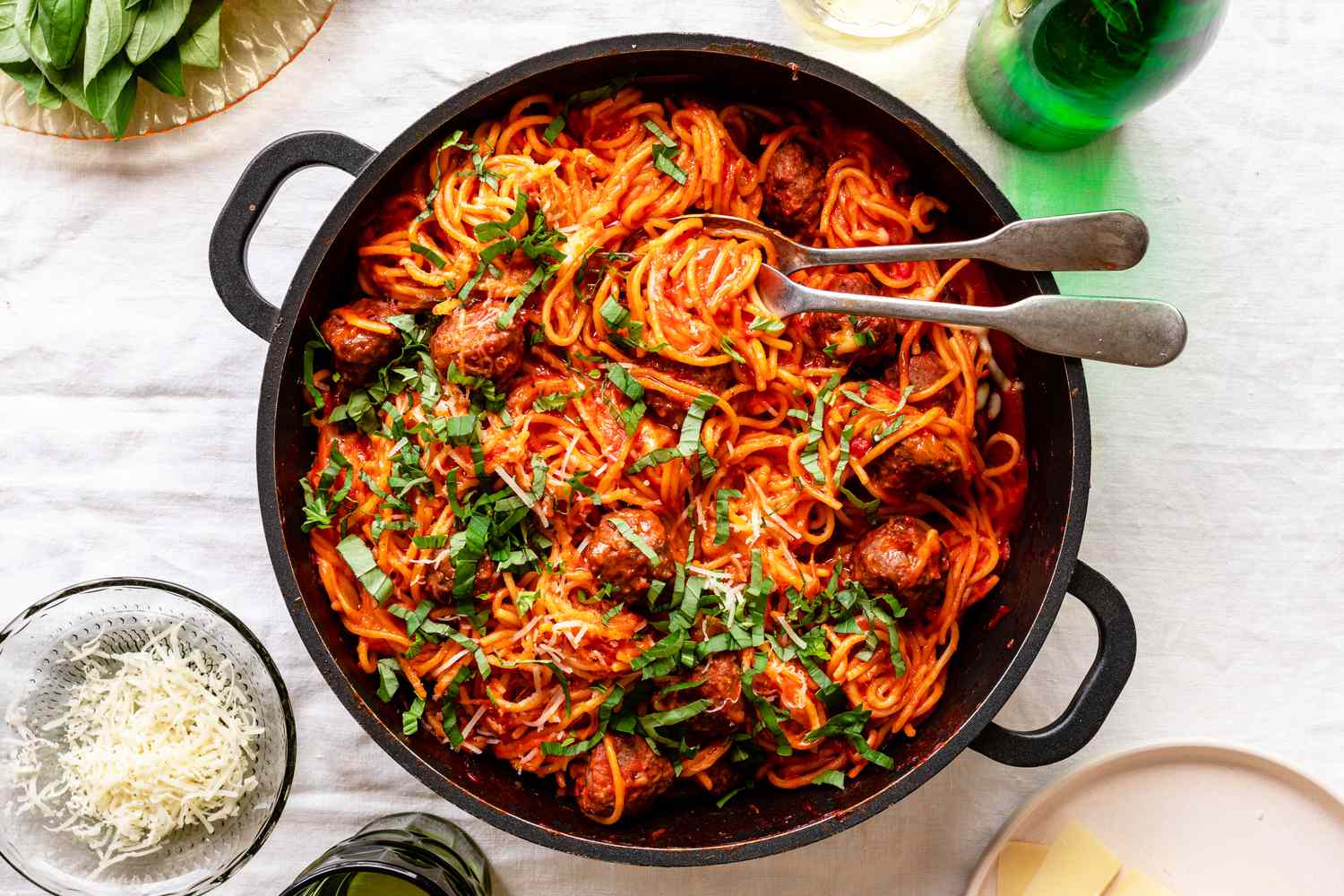
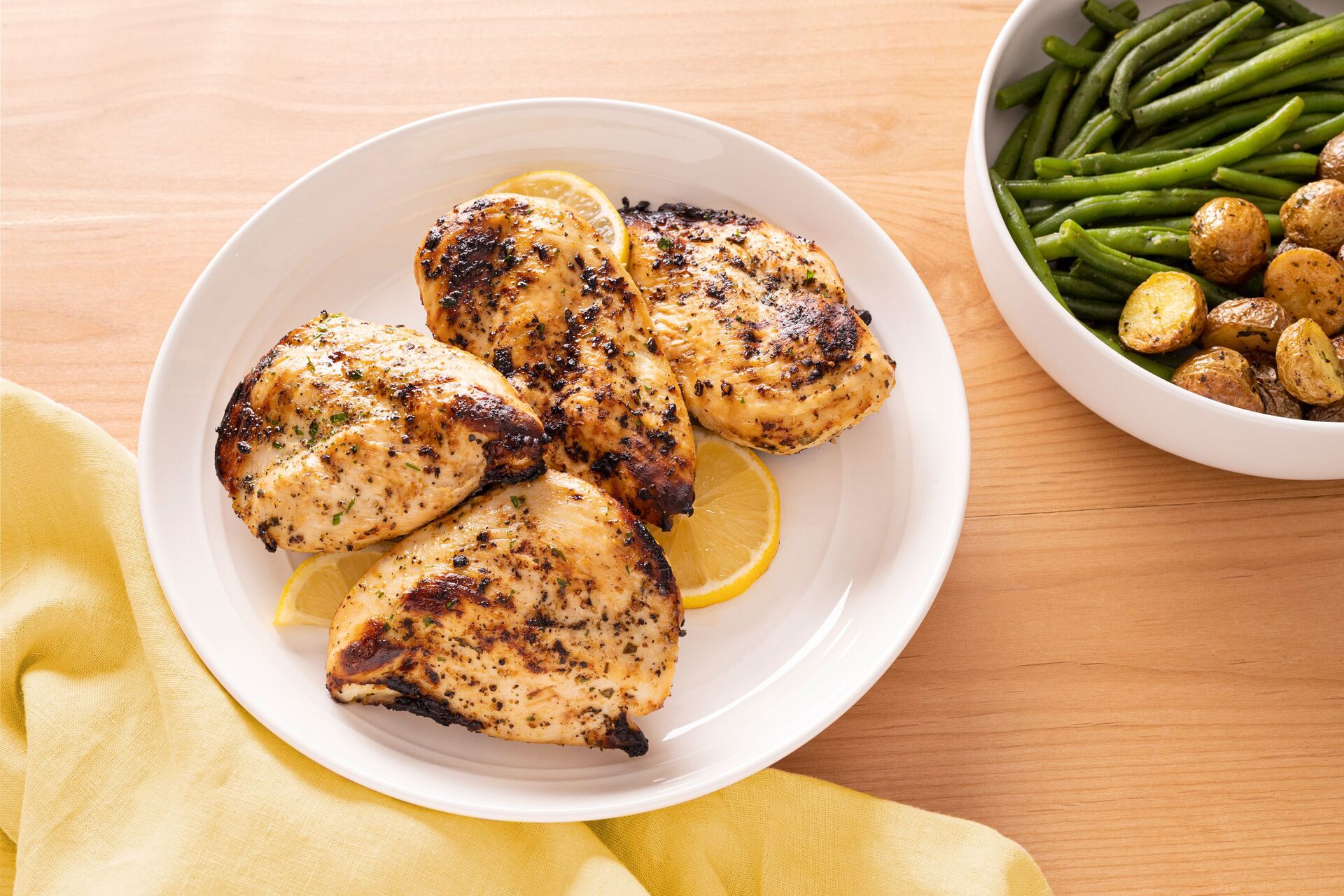
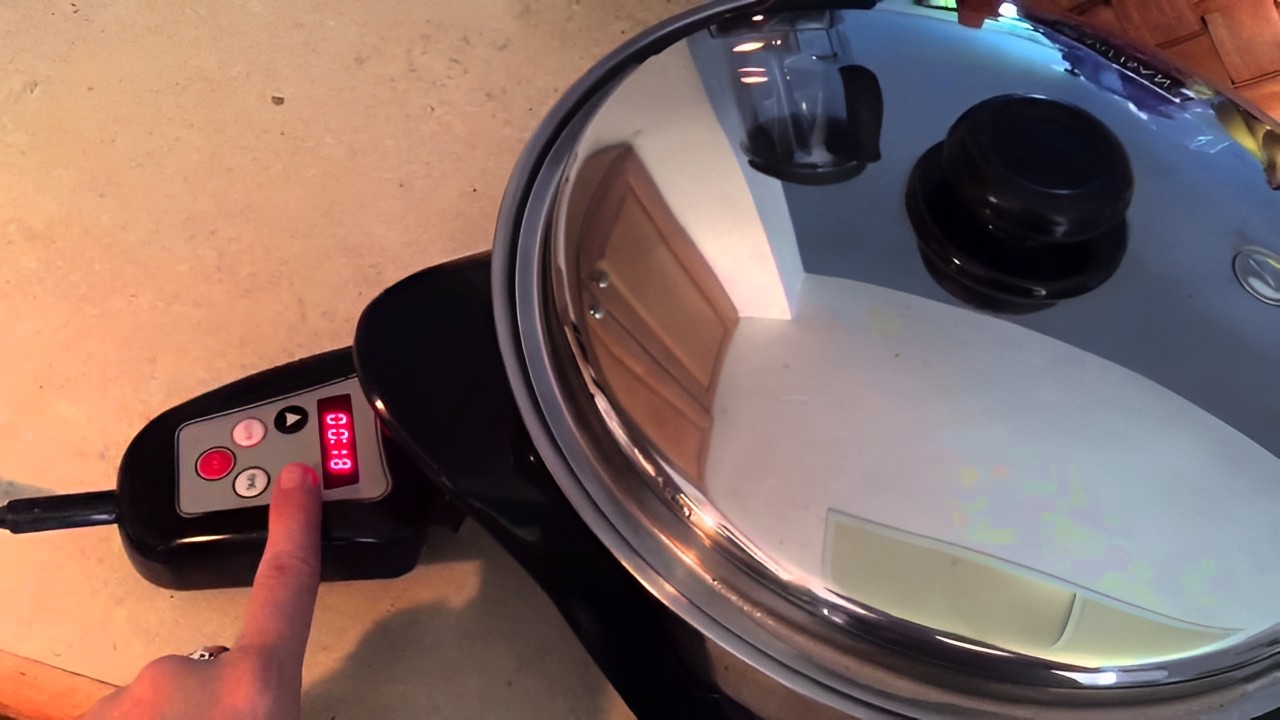
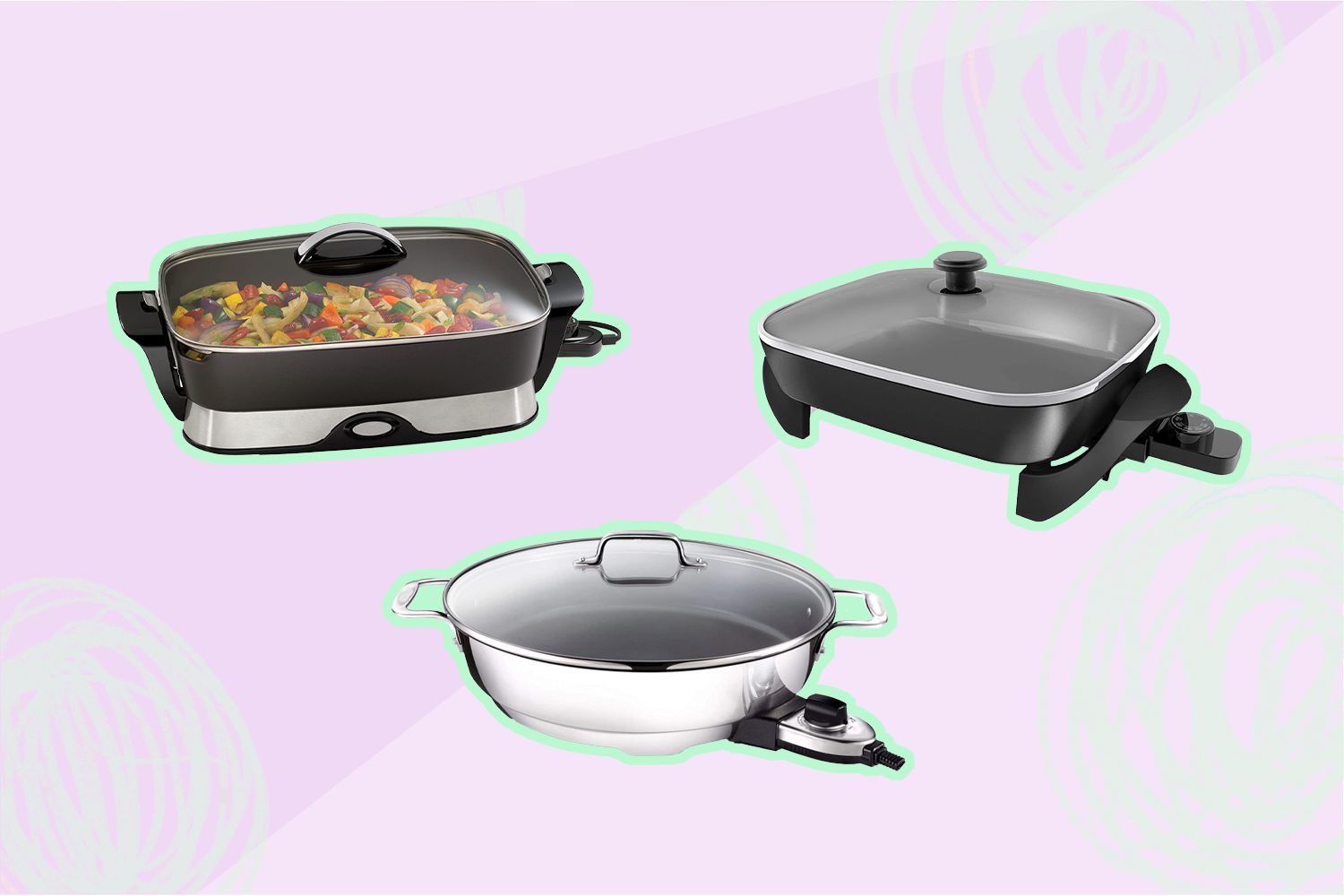
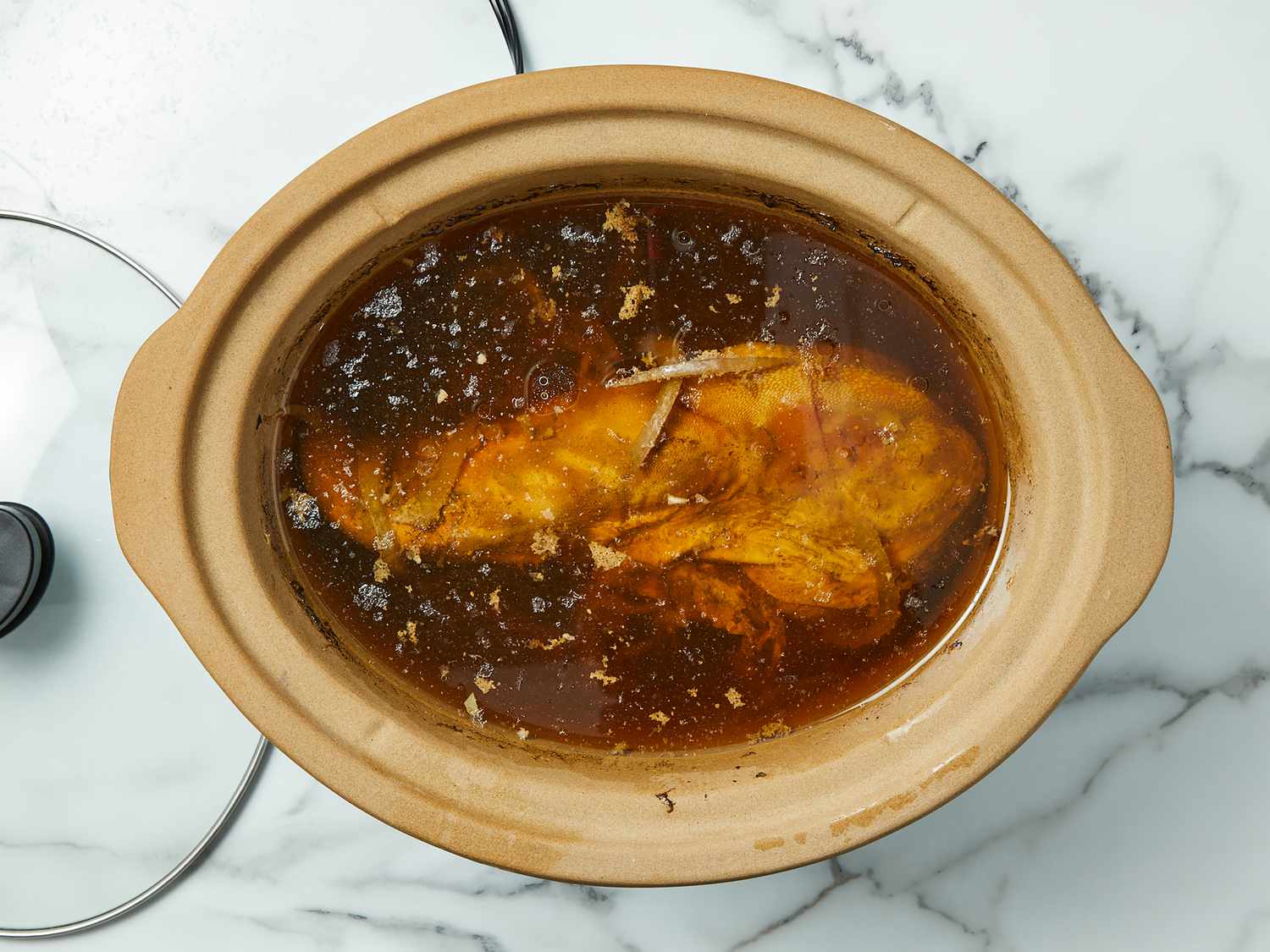
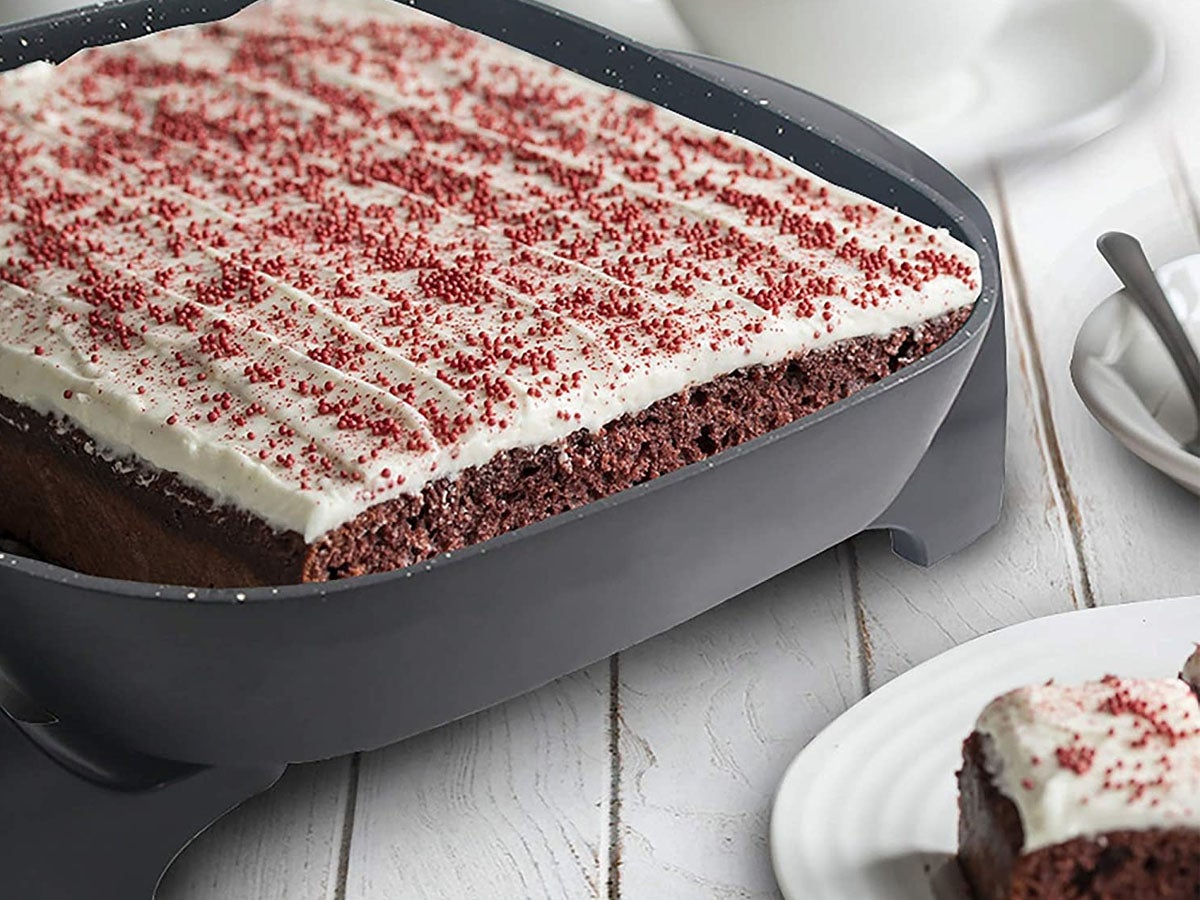
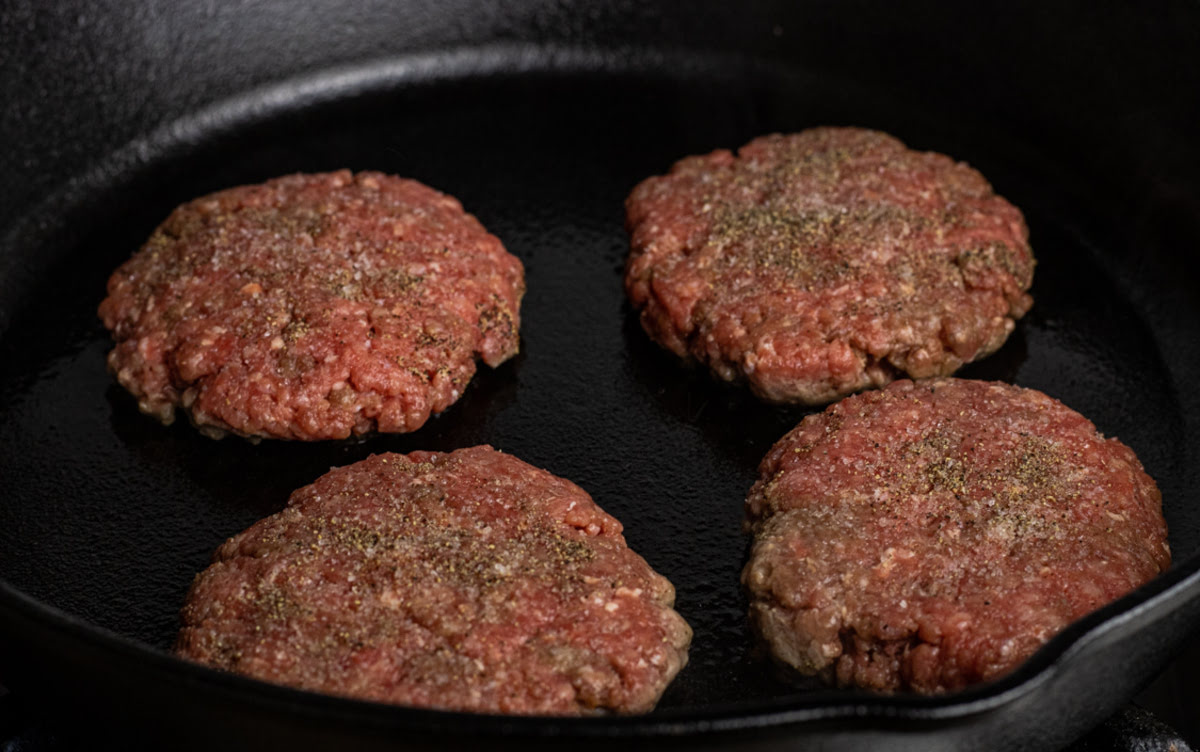
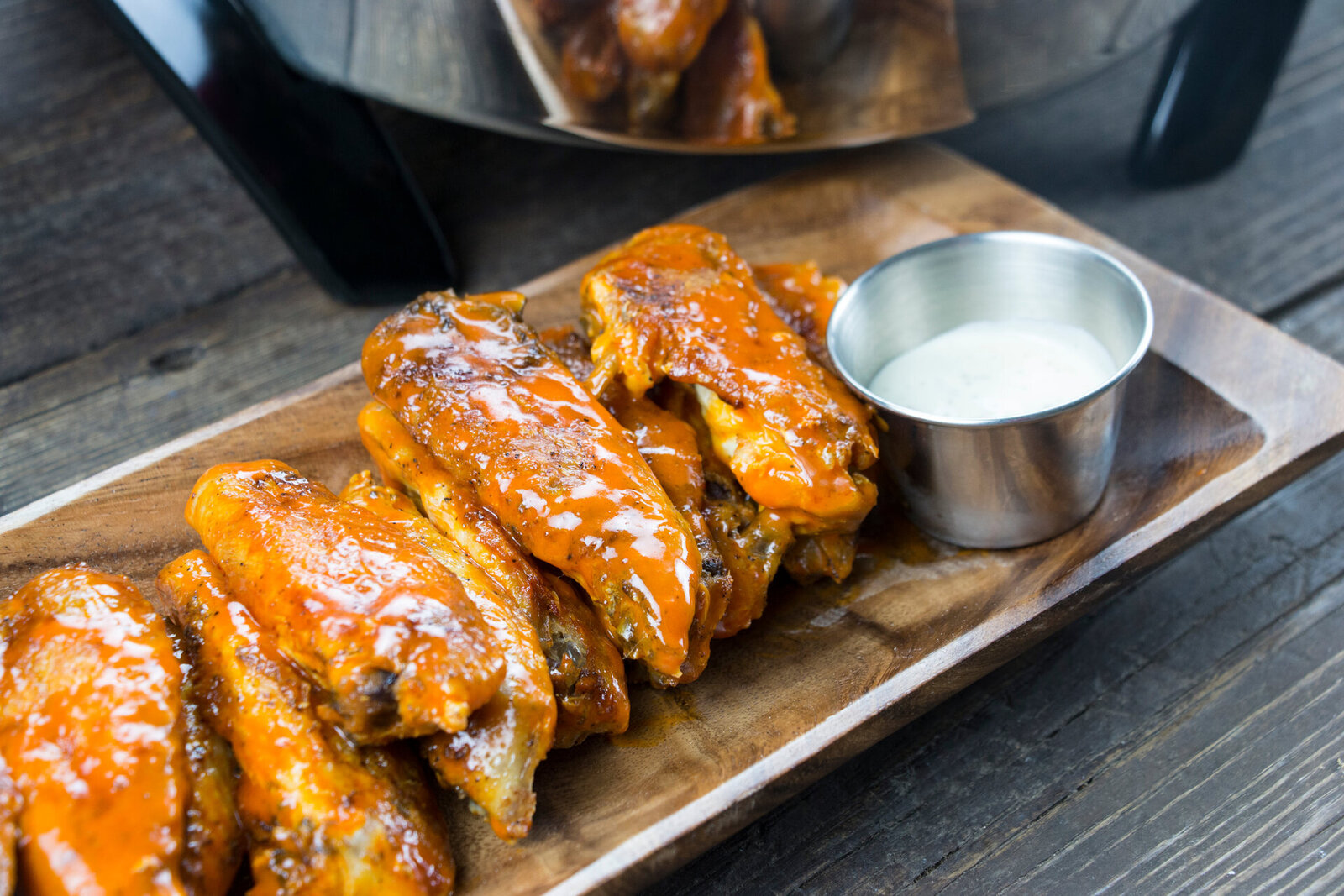
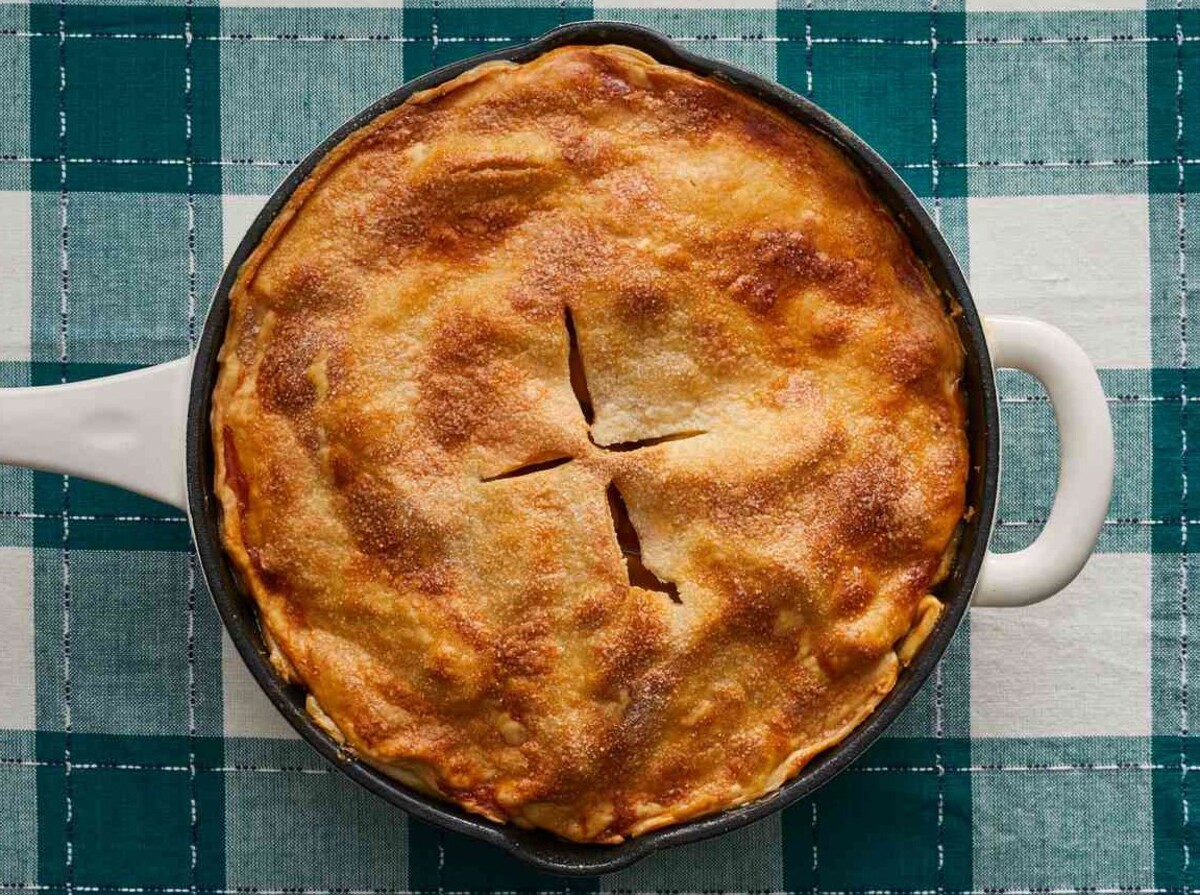
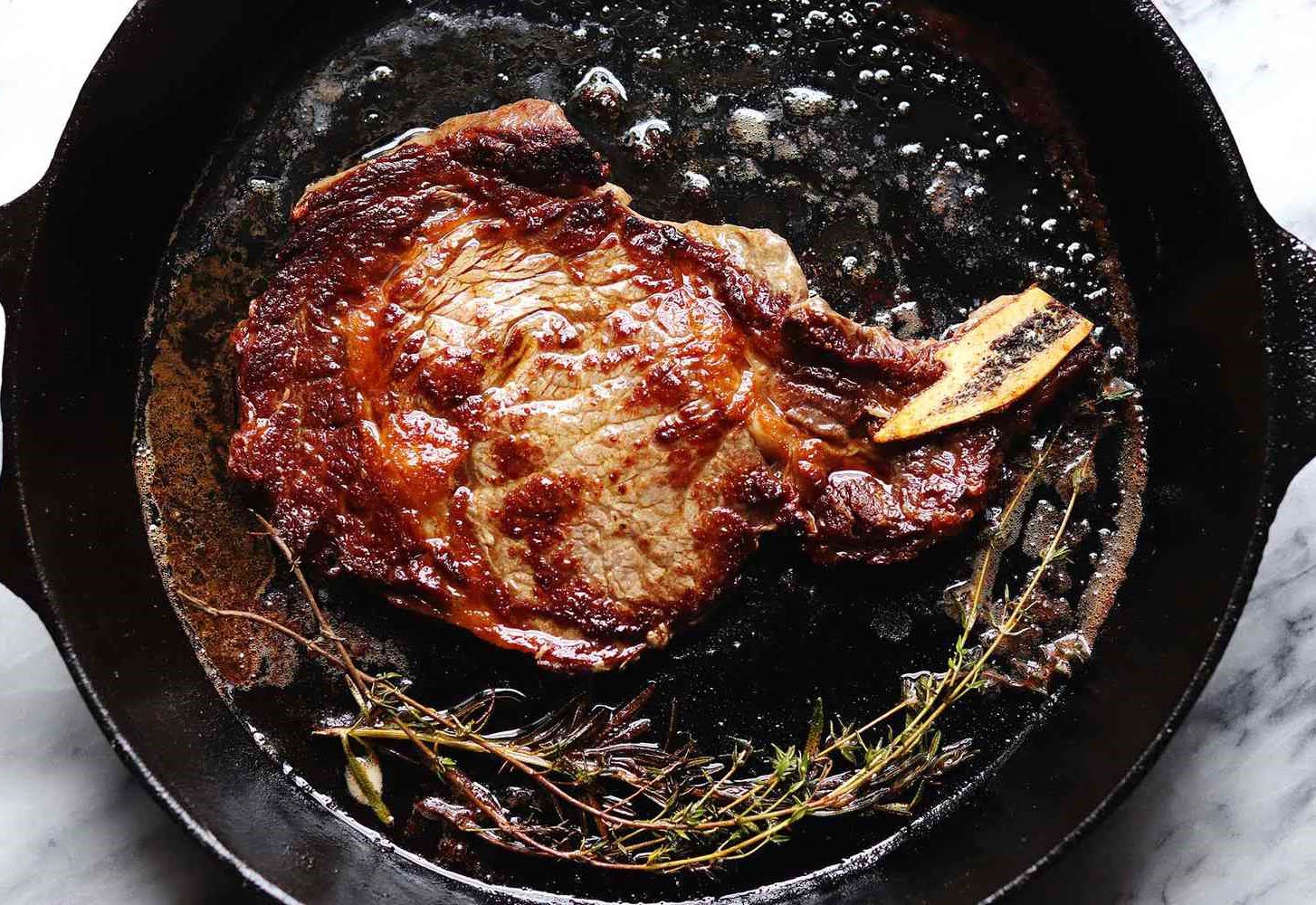
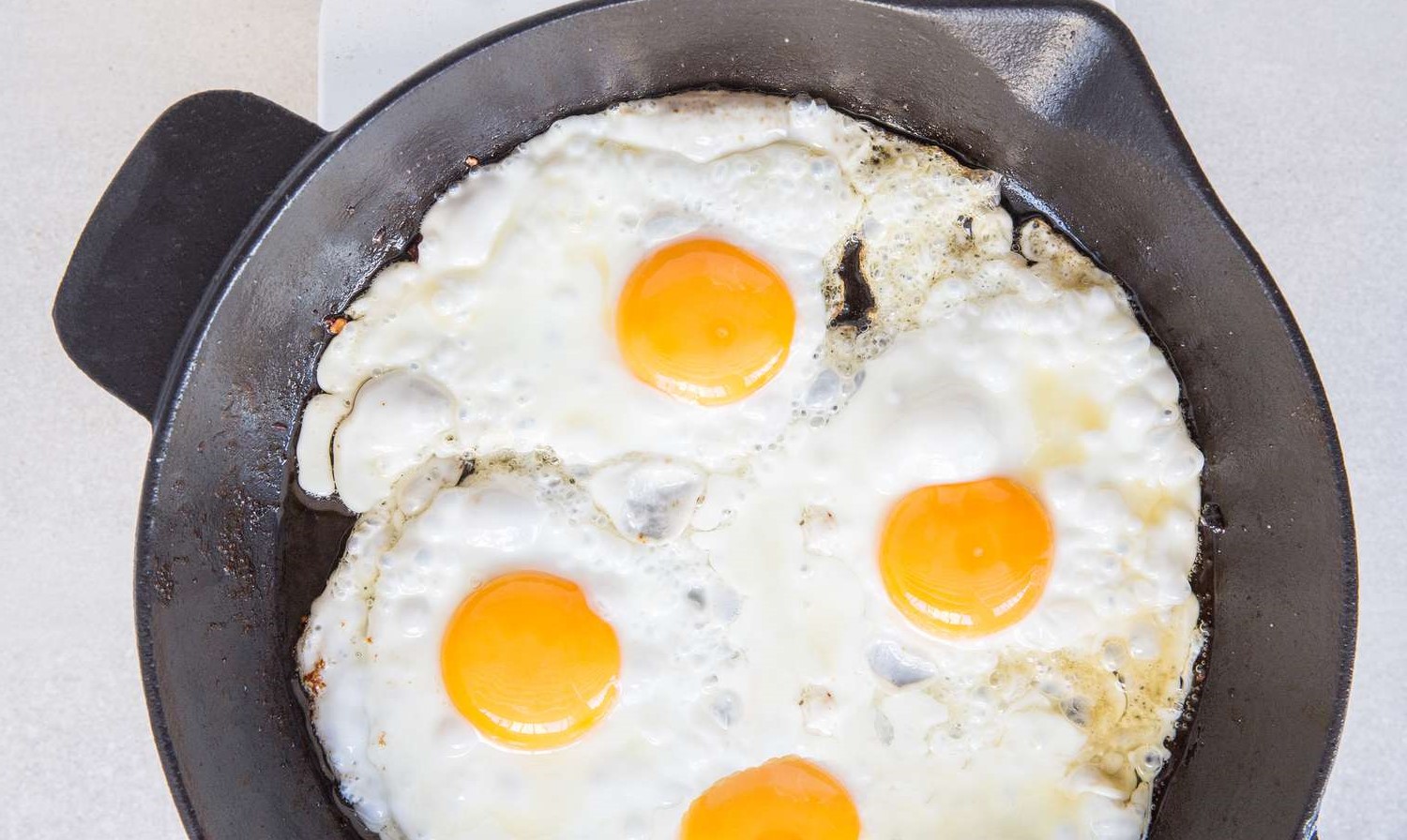
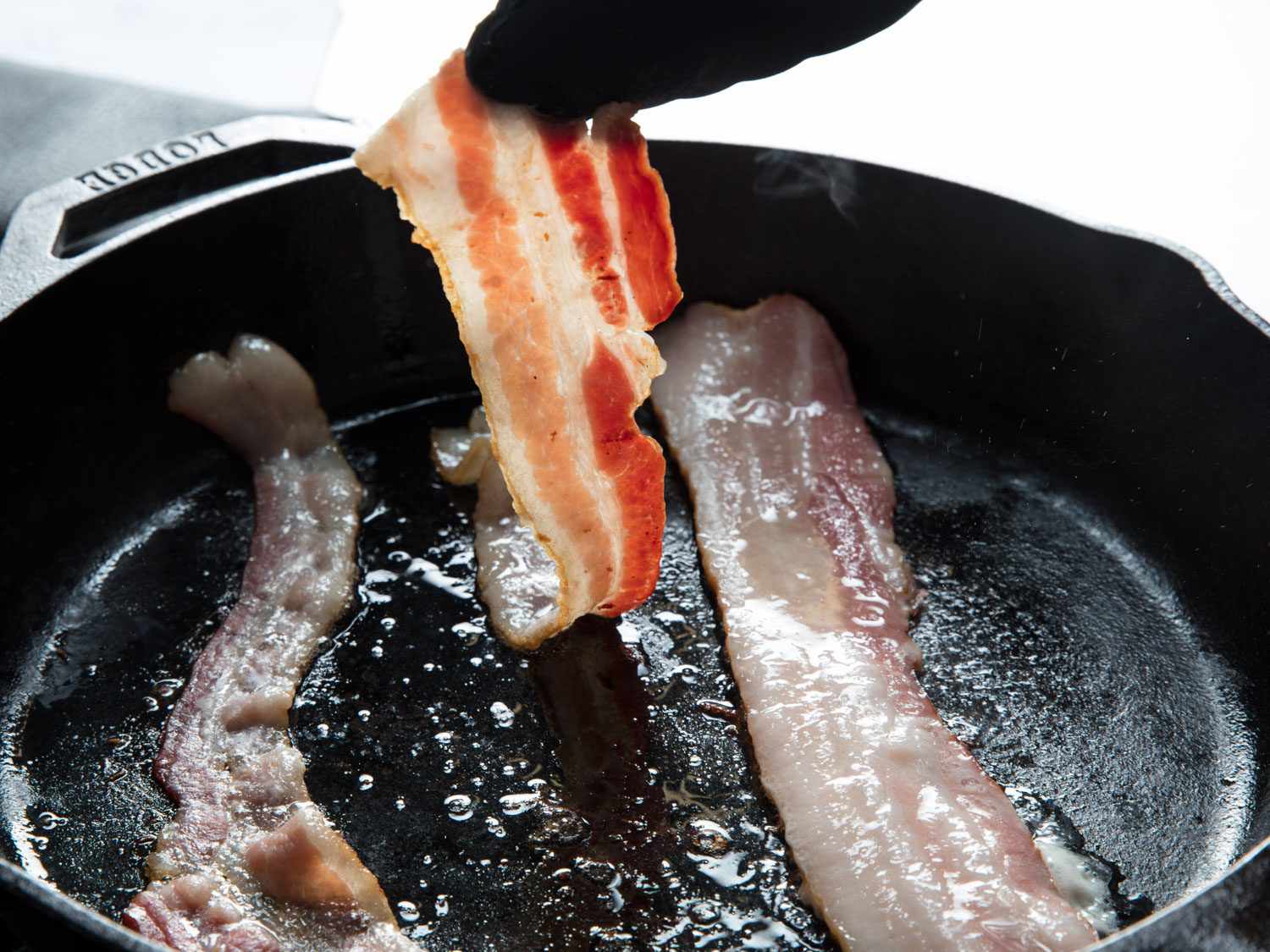
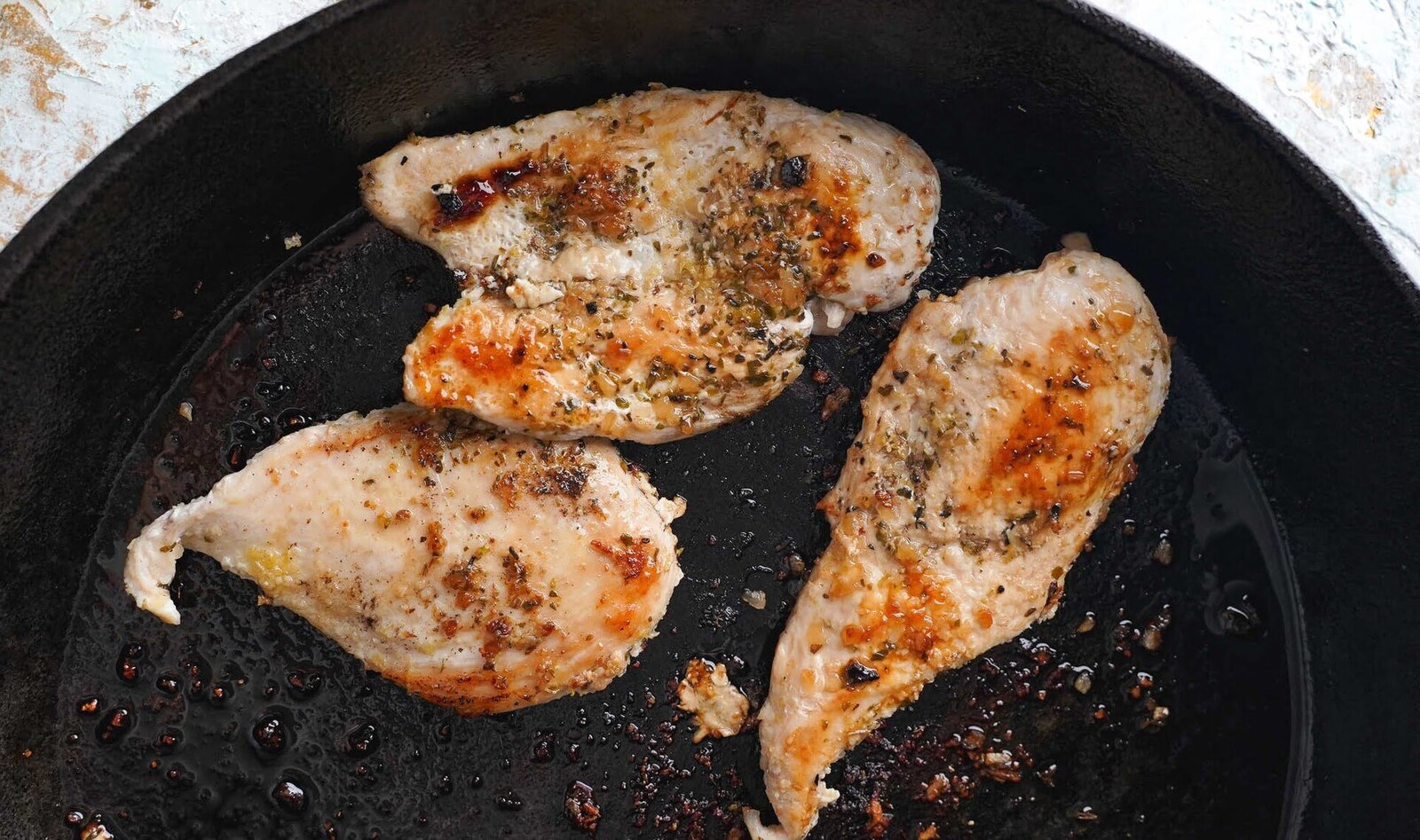


0 thoughts on “How To Cook Cabbage In Electric Skillet”